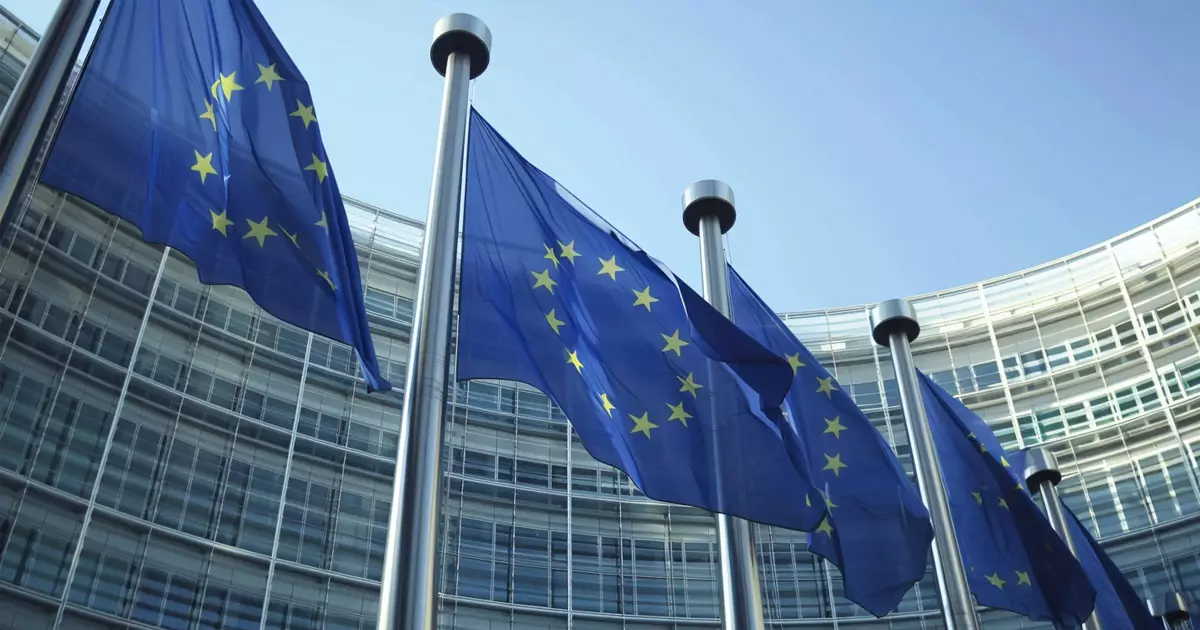Since its establishment in 2020, the European Union’s Markets in Crypto-Assets (MiCA) regulation has marked a pivotal moment for the cryptocurrency landscape. This regulatory framework not only positions Europe as a significant player in the crypto economy but also challenges the perception that the continent has lagged behind regions like the United States and Asia in blockchain advancement. MiCA offers a promising blueprint that encourages innovation while establishing a much-needed regulatory framework. In doing so, it could serve as a catalyst for the development of safer and more innovative crypto products across Europe.
Despite the optimistic outlook, the road toward regulatory compliance is fraught with hurdles. Recently, Coinbase announced plans to delist stablecoins from unauthorized issuers to align with MiCA standards by the end of 2024. This decision particularly impacts prominent assets like Tether (USDT), prompting Tether to announce it will develop a “technology-based solution” to meet compliance requirements. Such responses underline an important transformation in thinking among crypto companies: compliance is not merely a challenge but an opportunity to innovate and enhance the security and stability of their offerings.
The relationship between innovation in the tech sector and regulatory bodies has often been contentious. MiCA, however, draws intriguing parallels to the General Data Protection Regulation (GDPR), enacted in 2016. Just as GDPR established rigorous data privacy standards that reverberated globally, MiCA has the capacity to set a universal precedent for cryptocurrency regulations. The implementation of MiCA could address existing vulnerabilities in the crypto sector and instill greater confidence among users, potentially leading to widespread market participation across various industries.
One of MiCA’s critical advantages is its ability to unify the fragmented regulatory framework that currently exists across individual European nations. Instead of grappling with disparate regulations, crypto firms can benefit from a cohesive structure that simplifies compliance processes. By streamlining regulations for stablecoins, MiCA could bridge the existing gaps among countries, providing a more integrated and robust crypto market. This, in turn, may attract new players into the ecosystem, ultimately democratizing access to financial services.
Transparency has long been a contentious issue in the crypto industry, particularly concerning stablecoins. MiCA mandates that issuers grant full disclosure of their reserves, which is pivotal for restoring trust among consumers and investors who have raised valid concerns surrounding solvency. Furthermore, the regulation emphasizes environmental sustainability, asking crypto providers to address the ecological impacts of their operations. For an industry often criticized for its energy consumption, these requirements present both a challenge and an opportunity to reshape its public image.
The arrival of MiCA equips companies like Tether with the impetus to innovate. With the pressing need to comply with stringent regulations, the potential for technological advancements escalates. Tether’s focus on a technology-led strategy may well lead to solutions that enhance product reliability and security. This regulatory push is anticipated to precipitate a broader trend of innovation among stablecoin providers, enabling the sector to respond proactively to the evolving landscape.
It’s essential to recognize why historically, stablecoin providers have been slow to evolve. Until now, the lack of regulatory pressure has often allowed them to prioritize profits over compliance and transparency. MiCA alters this dynamic unequivocally. As regulatory enforcement intensifies, providers must adjust their strategies to remain competitive, which could lead to a healthier industry overall. Furthermore, this shift could encourage traditional businesses to explore crypto offerings, expanding the market and driving further investments in the sector.
A Global Model for Regulation
The MiCA regulation is not confined to Europe; its implications may transcend borders. Other regions could look to MiCA as a guiding framework for developing their own regulatory landscapes, similar to the influence of GDPR in data privacy. A successful implementation of MiCA might invigorate calls for similar regulations in other jurisdictions, laying the foundations for a globally integrated approach to crypto regulation.
As MiCA approaches its implementation deadline in 2026, the expectations surrounding Europe’s crypto ecosystem are evolving dramatically. With a focus on security, transparency, and sustainability, MiCA sets a new foundation for a more reliable and innovative crypto landscape in Europe and beyond. This framework signifies not only a shift in regulatory mindset but also a profound opportunity for the industry to reposition itself, ultimately creating a fairer, more resilient marketplace that can thrive amid global challenges. Through these efforts, Europe is poised to redefine the global narrative of cryptocurrency, championing a future where robust regulation fosters innovation rather than stifling it.
















Leave a Reply